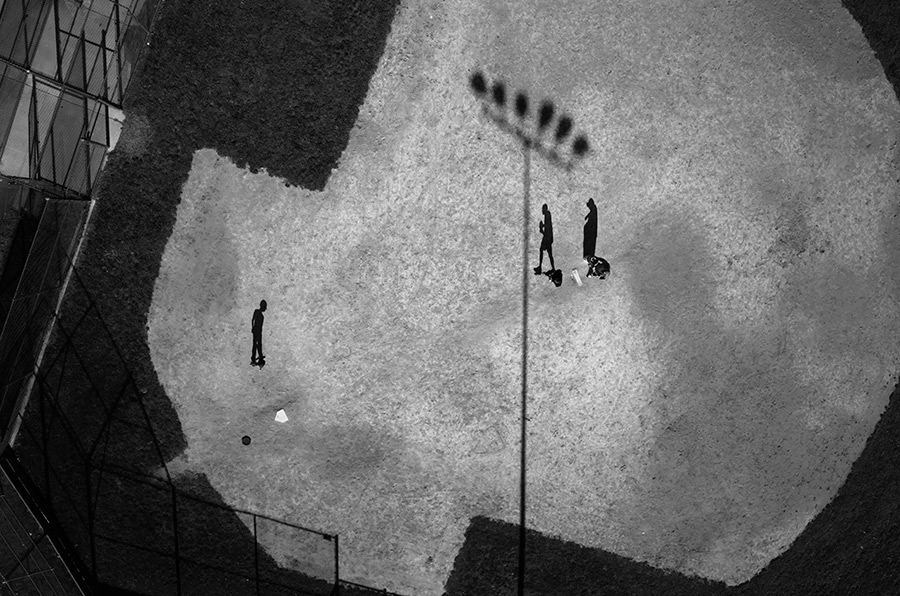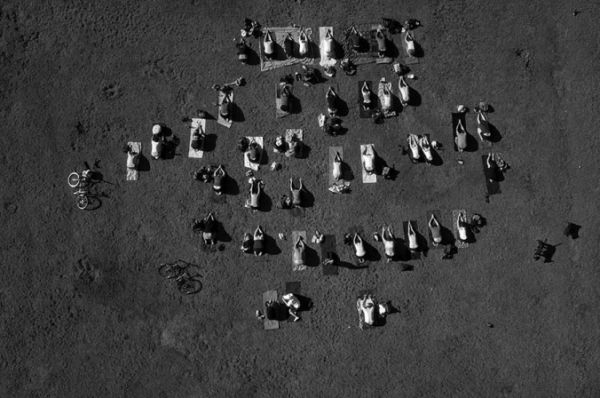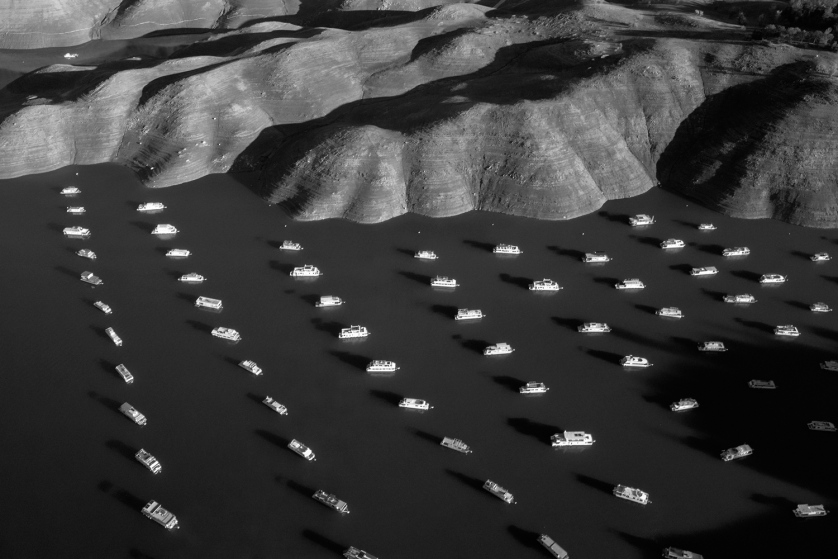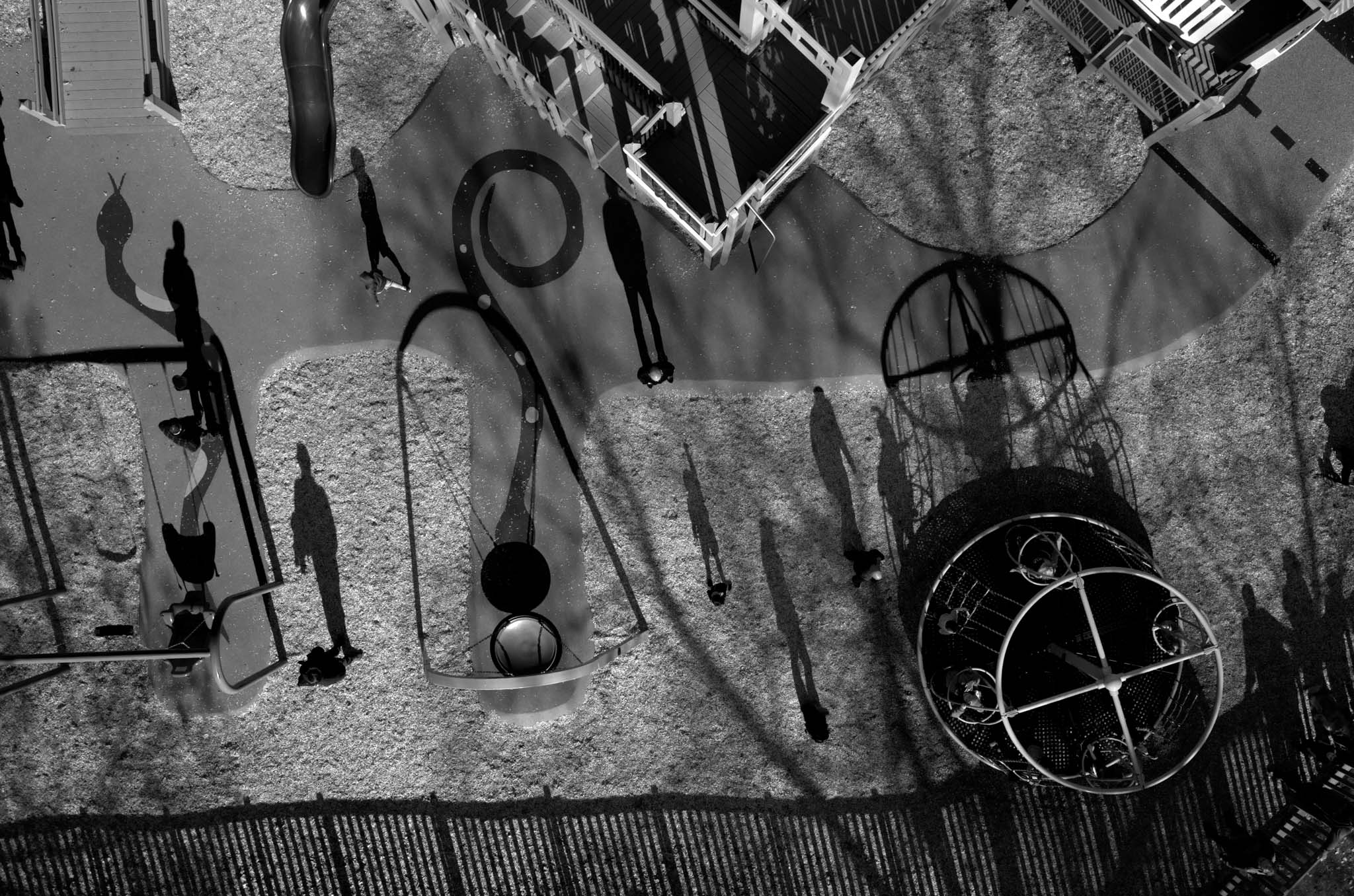
In October 2012, a drone strike in northeast Pakistan killed a 67-year-old woman picking okra outside her house. At a briefing held in 2013 in Washington, the woman's 13-year-old grandson, Zubair Rehman, spoke to a group of five lawmakers. "I no longer love blue skies," said Rehman, who was injured by shrapnel in the attack. "In fact, I now prefer gray skies. The drones do not fly when the skies are gray."
Over the past decade, drones have become the weapon of the United States military and the CIA for strikes overseas. Their use for surveillance and commercial purposes is also rapidly expanding both at home and abroad.
Tomas van Houtryve attached his camera to a small drone and traveled across America to photograph the very sorts of gatherings that have become habitual targets for foreign air strikes—weddings, funerals, groups of people praying or exercising. He also flew his camera over settings in which drones are used to less lethal effect, such as prisons, oil fields, industrial feedlots, and stretches of the U.S.-Mexico border. The images captured from the drone's perspective engage with the changing nature of war, privacy, and government transparency.







